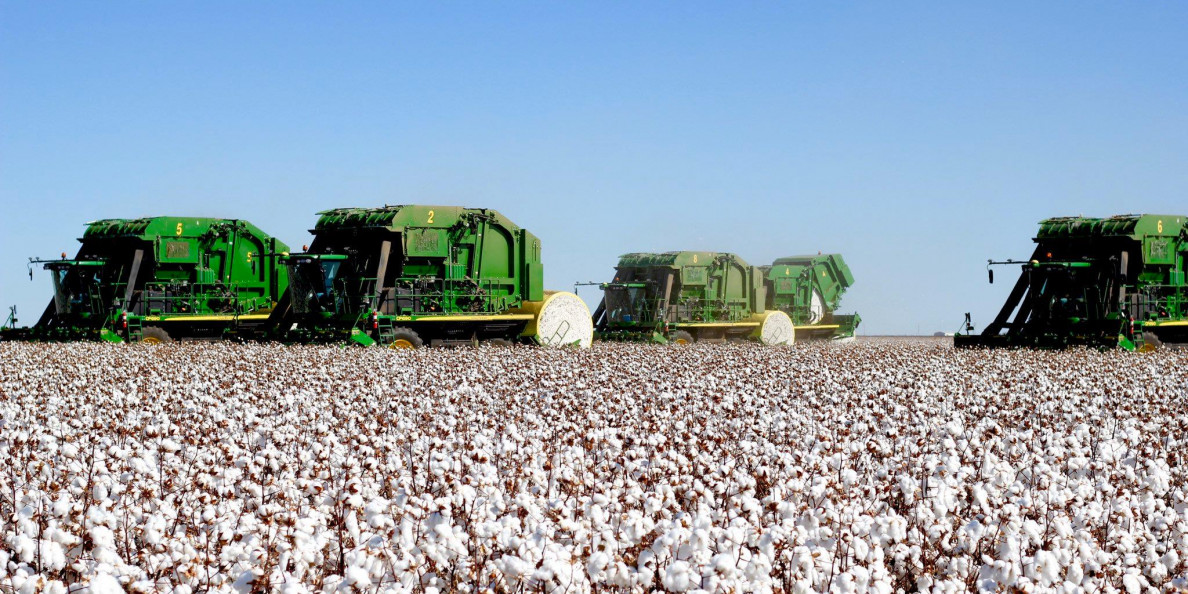A volatile world and a choppy environment for several years have impacted spinning demand for cotton and consumer demand for cotton products. Cotton Board
Demand will remain a challenge for cotton as we move into the 2024 crop year.
The question persists: When will there be a recovery in demand to boost cotton prices?
Jon Devine, senior economist at Cotton Incorporated, says we have been living in a very volatile world over the past several years, and we have seen a very choppy environment, all which impact spinning demand for cotton and consumer demand for cotton products.
Devine says there has been a slight uptick in export sales with more cotton contracted this year than last year. This, plus an expected smaller cotton harvest in 2024, could help create a demand recovery before the end of the current crop year, “but we’re not there yet.”
“If you can think back pre-Covid, it was only back in 2018, 2019 when we really started to see the trade dispute flare up between the U.S. and China. This is a big deal because it flipped over decades of economic precedent or economic policy in terms of going toward increasing free trade involving the world’s two biggest economies, the two biggest traders of cotton fiber, and the world’s two biggest traders of cotton apparel as well,” Devine said in a presentation Jan. 24 to the annual meeting of Southern Cotton Growers/Southeastern Cotton Ginners Association, at the Westin Resort in Hilton Head Island, S.C.
“Then COVID came out in early 2020. Since then, we did see unprecedented stimulus. We saw consumers come back much more quickly than we were expecting. On top of that, we had a shipping crisis with retailers around the world trying to keep up with consumer demand as they showed up more quickly than anyone probably would have thought. This contributed to inflation. We’re having the worst inflation we’ve had in 40 or 50 years, which was made worse in the war in Europe. The first time we’ve had that since the 1940s, and then we are also looking at higher interest rates as a medicine to some of the issues that have been presented by inflation,” Devine explained.
Devine noted that USDA’s latest global mill-use forecast evolved from having a production deficit globally to having a slight production surplus.
He added that global ending stocks are expected to be at their highest levels since the pandemic. A lack of global scarcity paired with softness in demand is making it difficult for cotton prices to move beyond current levels.
“China is the bright spot in term of export commitment. Our sales or contracts to China are up 40% year over year, and that’s made all the more important with the smaller crop we have right now. But unfortunately, this really contrasts with what’s happening in the rest of the world. Sales to markets outside China are down about 35%. China has been strong enough to help bring our commitment up year over year, but these China purchases are for refilling their cotton bank. They’re not really going into mill use,” Devine said.
Devine said USDA’s latest forecast shows relatively tight stocks. “When we see stocks drop below 3 million bales, there can be some upward potential on prices because we still remain the world’s largest cotton exporter.”
Source: farmprogress.com

